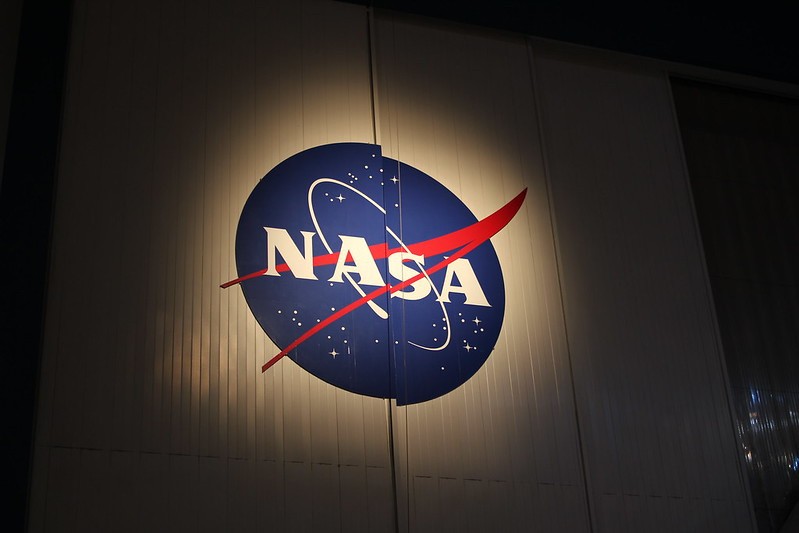
In response to the widespread COVID-19 pandemic, National Aeronautics and Space Administration (NASA) has concentrated on switching mostly to remote work as the virus spreads fast. However, the agency said it is still assessing other approaches to address this unprecedented crisis in public health, including some new ways of contributing "to the larger US response."
The said procedures include looking for ways to support the NASA employees who care for dependents and joining the other government agencies in helping health workers as they provide care for patients.
Nevertheless, according to Jim Bridenstine during a digital town hall held last week, the agency head, the top priority of NASA during the COVID-19 pandemic is its employees' safety. He emphasized that the agency's number one and highest priority, is the safety and health of every employee, adding, "We don't want to ask you to do anything" that does not feel safe.
In addition, the NASA official told the staff, as well, to anticipate missions that are already in flight to stay in their normal state by means of COVID-19, and pointed to the reality that many are operating, mostly independently as a matter of course. Steve Jurczyk explained they're will continue operating them.
ALSO READ: Tips from Space: What to Do When You're on Quarantine
Maintaining All Missions in Space
Citing the decision of the European Space Agency to switch four of its missions to a safe holding mode with fully independent operations, Jurczyk explained that, at least at present, NASA is not following suit.
He added, they are looking into that possibility should things at that possibly if things deteriorate further, but we're going to maintain all our missions in space is mostly normal operations for now," he said.
The majority of the town hall was focused on the NASA personnel's questions about the ongoing crisis, which the agency generously answered.
Specifically, the staff asked the official about how NASA was carefully "evaluating ways it could put its resources to employ, whether it was considering donating personal protective equipment (PPE) or find ways to produce ventilators, for example.
Bridenstine and NASA Chief Health and Medical Officer James Polk said, the agency was certainly evaluating probable contributions but admitted it was not yet ready to make an announcement about the measures.
In part, according to Polk, the agency, curing that time awaited a cross-government meeting intended for the working out of the manner agency can most efficiently work in the alliance.
NASA's Ames Research Center's Contribution
As for the contribution of NASA's Ames Research Center based in California, it emphasized Bridenstine, its effort in searching for ways to help in this worsening pandemic.
In addition, the center has also worked and donated "supercomputer resources" to researchers who are in search for vaccines and treatments for COVID-19. It has also worked with the National Guard of the state to space to make space available for the outposts of medical care.
Moreover, other topics tackled during the town wall were how NASA is addressing the needs of the employees in these trying times.
Questions answered were the ones concerning how the workers could take time caring for their dependents regardless of their employment status.
Meaning, even the contractors would be paid during the entire crisis. More so, another topic discussed was about how the switch to working remotely could possibly impact NASA in the long run.










